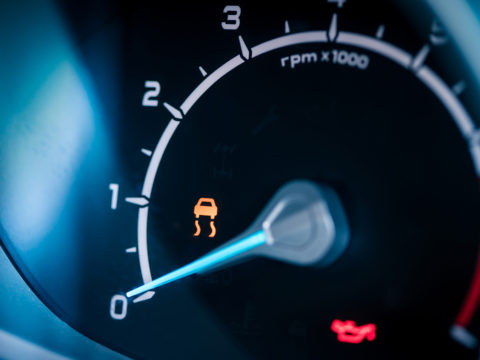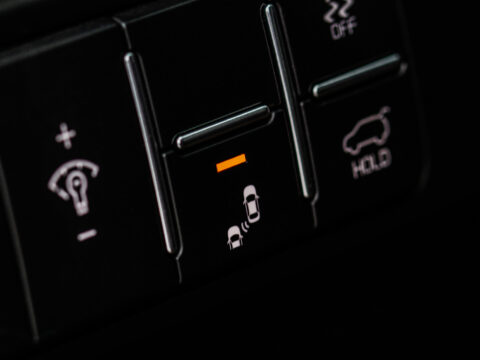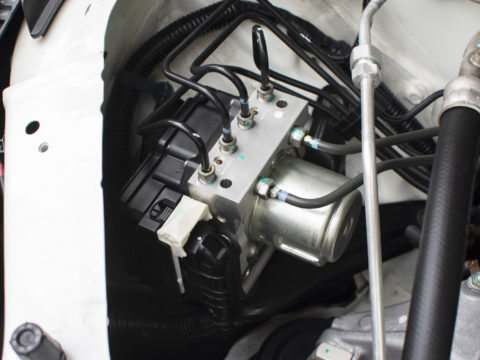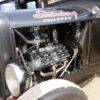The starter relay is one of the most critical components of your vehicle’s ignition system, and it seldom fails due to the limited amount of moving parts.
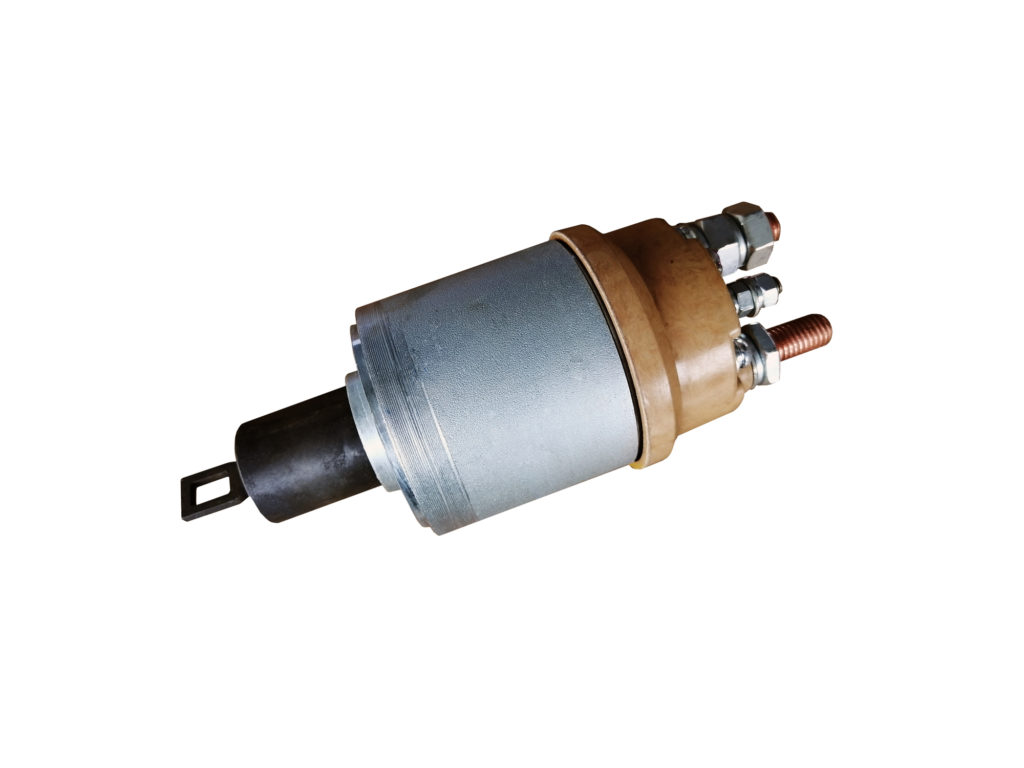
If your car does not start when you turn the key, it might be due to a bad starter relay.
Contents
What is a starter relay in a car?
A starter relay is an electrical circuit breaker that connects the vehicle’s battery to the starting motor.
When you turn on your ignition switch, an electrical current is transferred to the starting motor through the starter solenoid and starter relay, causing the engine in your car to start.
You let the ignition switch return to neutral after starting the engine, allowing the starter relay to break the circuit.
When your vehicle is in excellent working condition, both steps of this operation take just a few seconds.
Frequently mistaken with a starter solenoid, there is a distinction. Actually being a little black cube hooked into the engine compartment’s electrical fuse box, while a starter solenoid is directly connected to the engine’s starter.
Starter relay location
Typically, this device is positioned under the hood in the power distribution center. You could also find it in the cabin’s fuse box.
Bear in mind that the starter relay’s location varies according to the vehicle’s make and model. It will be located beneath the hood in most cars, inside a box with a black cover.
An easy way to identify the starter is its wires, which are flowing in and out of the relay. However, other different relays are used in cars that resemble this one.
See your service handbook if you’re unclear about which relay is the starter.
Starter relay wiring diagram
The starting motor requires a large amount of power to start the engine. That’s why it’s connected to the battery via large gauge cables.
- The negative cable connects the negative connection on the battery to the cylinder block or transmission near the starter on the engine.
- The positive cable connects the positive connector on the battery to the starter relay.
A broken connection at one of the battery cables might cause the starting motor to stop working.
Starter relay fuse
A blown fuse in the starter circuit may be to blame for the inability to start. Corroded or damaged wires connecting the battery might prevent adequate power to the starter.
What happens when the starter relay goes bad?
In this case, the electrical current from the vehicle battery to the starter motor will be lost. Your engine will fail to start regardless of how hard you turn the key.
When you move the steering wheel, a faulty relay often generates a distinct clicking sound.
Symptoms of a bad starter relay
The following are a few symptoms of a bad or worn-out starting relay:
Your car won’t start
The most apparent symptom is a vehicle that is absolutely quiet and does not react when the ignition key is turned.
When the key is turned, or the starting button is pressed, it sends a signal to the starter relay, which initiates current flow via the relay’s coil.
The electricity finally passes via the starter motor and solenoid, which initiates the engine’s start.
However, these events do not occur when you have a worn-out or defective starter relay.
If the car does not start when the ignition switch is turned on, check to see if the battery is dead.
If this is the case, the issue is certainly with the starting relay.
Clicking or grinding sounds from the starter
An audible clicking noise while turning the key or pressing the start button is one of the signs of a defective starter.
However, a starter might fail silently or signal its imminent demise with churning and grinding noises.
After starting the engine, the starter remains turned on
The circuit that delivers power to the starter motor is intended to start closing when you start your engine and then let go of the key or release the starting button.
If this stays on after starting the engine, the primary contacts in the starter solenoid circuit may have fused in the sealed position.
If this problem is not rectified, the relay will stay turned on. The starter system and transmission flywheel will ultimately suffer considerable damage due to this.
Smoke coming from your car
If electricity is continuously provided to the starting motor, it will ultimately overheat.
Smoke is often an indication that an excessive amount of power is being pulled from the electrical source.
This is either because the starter relay has been used continuously for an extended period without a break or a connection fault.
Smoke emanating from behind the engine and a burning smell might be a sign of more severe issues.
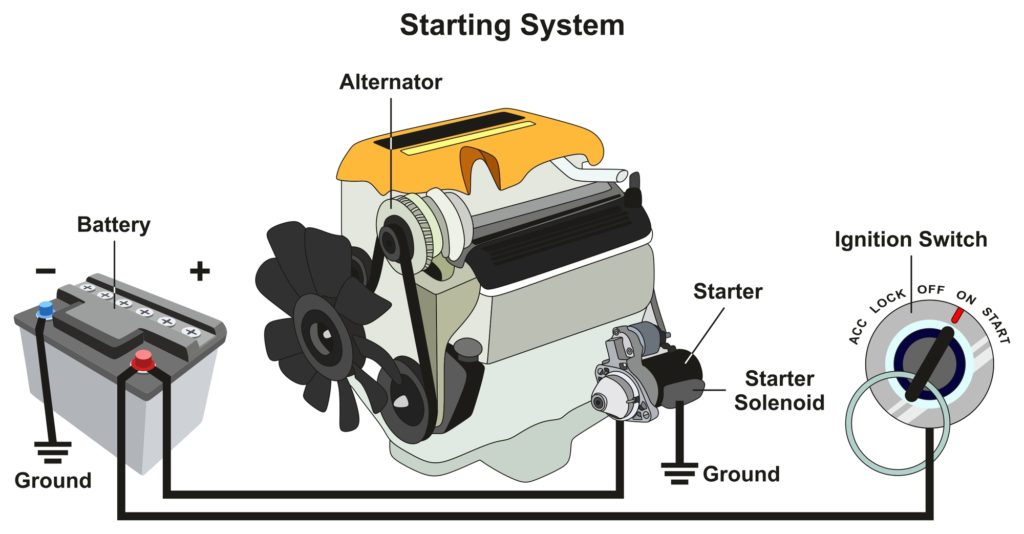
What causes a starter relay to go bad?
Numerous factors may contribute to this, including the following:
The wiring to and from the starter is loose.
A damaged or filthy car battery as well as starting solenoid wiring or even loose wires might prevent enough power from reaching the starter.
Dirty or rusted starter connections
Corrosion and grime on the leads of the device might result in a malfunctioning relay. Depending on the extent to which the connections are dusty or rusted, you may need to clean the exterior components.
Corroded battery
A corroded battery may be the source of a faulty starter relay, in which case you must replace the battery.
Leaking Oil
Oil leaks may damage your starter, causing unexpected starter relay fails. It is recommended to get an engine leak corrected as soon as possible.
Should you bypass a faulty starter relay?
The engine will not start if the starter is bypassed. A bad relay would generally fail to start if it emits a constant buzzing sound.
If your car starts slowly or without pressure, it may have a malfunctioning starting motor.
How much does a relay replacement cost for a car?
When your starter relay is bad, or you experience relay problems, you should consider replacing the fuse box starter relay. The replacement costs lie between $50 and $250.
Prices vary based on the brand, quality as well as quantity, and fit.

